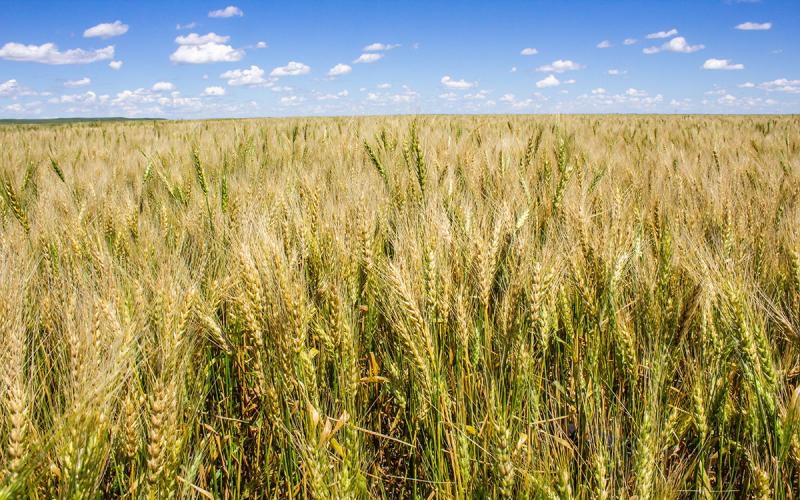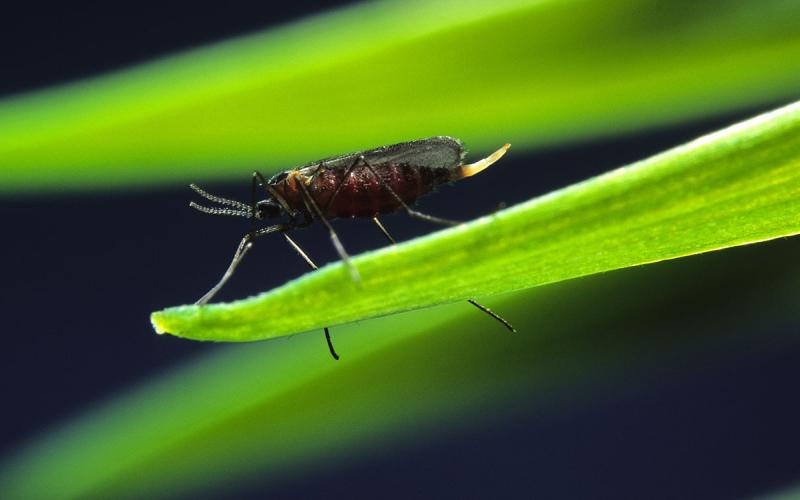Written by Bob Fanning, former SDSU Extension Plant Pathology Field Specialist.
As producers are preparing to plant winter wheat, one of the decisions to make is whether to use a fungicide seed treatment, and if the answer is yes, which product to use. Although many seed treatment research trials produce little or no yield response, fungicide seed treatments build the foundation for a healthy plant and are recommended.
Healthy roots are the first step to building yield potential, and without that strong base, all other inputs become less effective. The use of fungicide seed treatments have dramatically increased in recent years, and for good reason. Some of the diseases that fungicide seed treatments can control or suppress include common bunt, loose smut, seed and seedling rots, common root rot, fusarium root and crown diseases, and rhizoctonia. The effects of these diseases can range from subtle to significant yield reduction, low test weights, and in some cases, whole loads rejected at the elevator.
Numerous Extension publications providing information on common bunt and loose smut contain statements like: “Losses from common bunt and loose smut have been essentially eliminated due to the widespread use of seed treatment fungicides.” Periodically however, cases of both diseases crop up, and nearly always when seed is planted without a fungicide seed treatment.
Fungicide seed treatments can also improve germination and seedling vigor if producers choose to plant seed that may contain some level of scab, black point or other pathogens.
Not all fungicide seed treatment products are effective against all of the diseases mentioned in the paragraph above and some products are designated for commercial use only. Several seed treatments contain more than one active ingredient and some also include an insecticide for seed or seedling attacking insects such as wireworms.
It is important to recognize that fungicide seed treatments only provide suppression for difficult diseases such as root rots; and cultural practices such as crop rotation, planting certified, disease-free seed, planting at the recommended time, etc., improve control.


